VASA members best placed to benefit from convergence of electrical and thermal systems as transport electrifies
- PostedPublished 1 March 2019
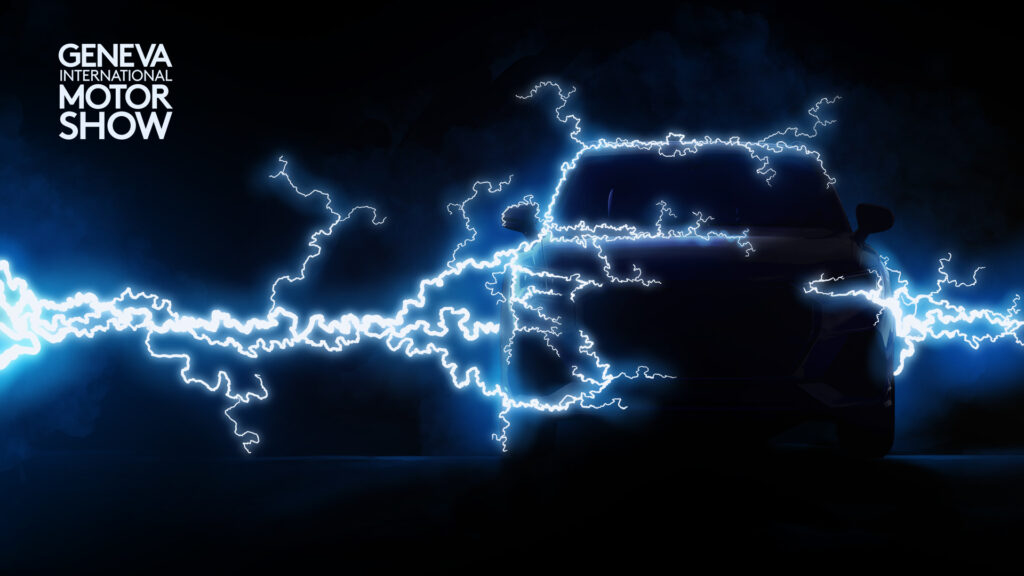
Audi’s first series-production electric vehicle, the e-tron, is due to arrive in Australia and New Zealand later this year. Expected to cost around $140,000, the e-tron has a claimed range of up to 417km on a single charge.
While this luxury electric SUV will remain out of reach for many, Audi does like to brag about its technology, providing us with a tantalising insight to the bright future facing VASA members who specialise in auto-electrics, thermal management and air-conditioning.
Key to this is the e-tron’s ability to accept a substantial 150kW through its recharging port that can replenish its 36-cell, 95kWh lithium-ion battery to 80 per cent in just 30 minutes.
This presents quite a thermal challenge, addressed by the 22 litres of coolant that circulates through 40 metres of pipes.
In addition, the vehicle’s two electric motors also need cooling, as they combine to produce a hearty 300kW and 664Nm to haul this 2565kg SUV from 0-100km/h in 5.7 seconds and sustain high speeds on Germany’s unrestricted Autobahns.
The thermal management system aims to maintain the battery in its optimum range of 25-35 degrees Celsius.
Battery temperatures are regulated indirectly by the cooling circuit.
A thermally conductive gel transfers heat from the battery cells to the cooling loop, which according to Audi, provides a more even transfer of waste heat to the coolant.
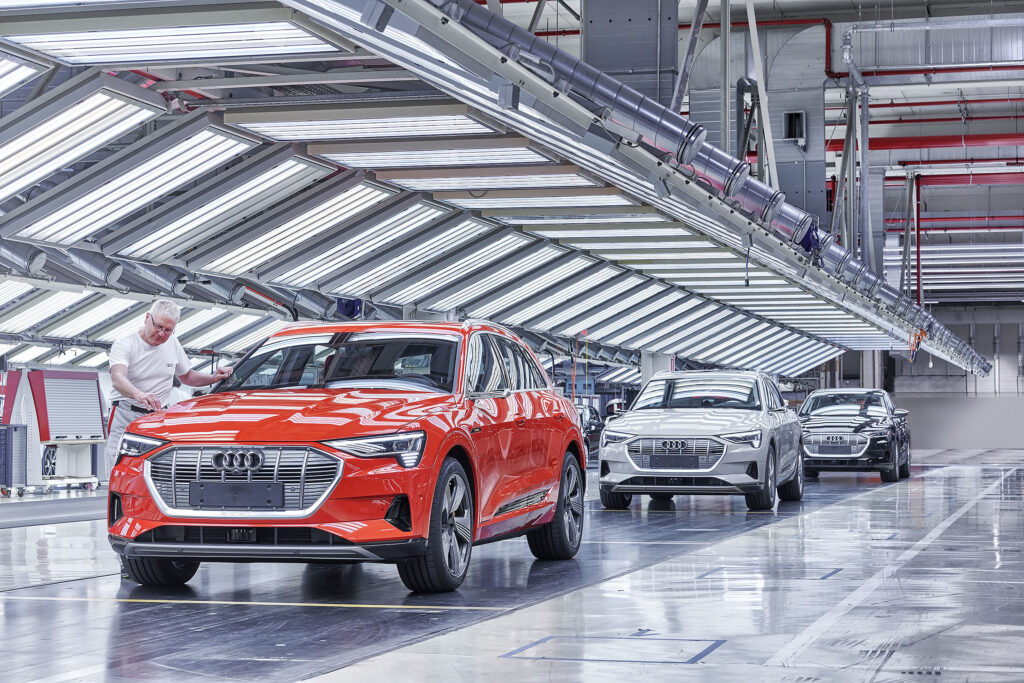
Besides motor-driven regenerative braking, the e-tron uses a heat pump to capture waste energy and uses it to heat or cool the vehicle’s interior.
Audi says the heat pump can boost the e-tron’s range by up to 10 per cent.
Interestingly, Audi confirmed to SightGlass News that the e-tron uses R1234yf in its refrigerant circuit rather than the R744 (carbon dioxide) that will be used in Volkswagen Group’s smaller offerings based on the new electric-only MEB platform and already does duty in the Audi A8 luxury limo.
This could be due to the fact the e-tron is based on an adaptation of Audi’s existing MLB (Modular Long Architecture) platform (known as C-BEV) rather than EV-specific underpinnings such as J1 that was developed by Porsche for models such as the Taycan and Audi’s e-tron GT.
Also helping make best use of the available energy is Audi’s adoption of the new EEBUS initiative.
This cross-manufacturer and industry standard consists of a common language that is shared by electrical systems and devices – allowing them to communicate without issue.
For example, a car’s charging system could easily communicate with a building’s heating system or local charging infrastructure.
As most cars are stationary for most of the day, EEBUS enables them to serve as a form of electrical storage, with intelligent communications enabling them to be charged primarily with excess renewable energy.
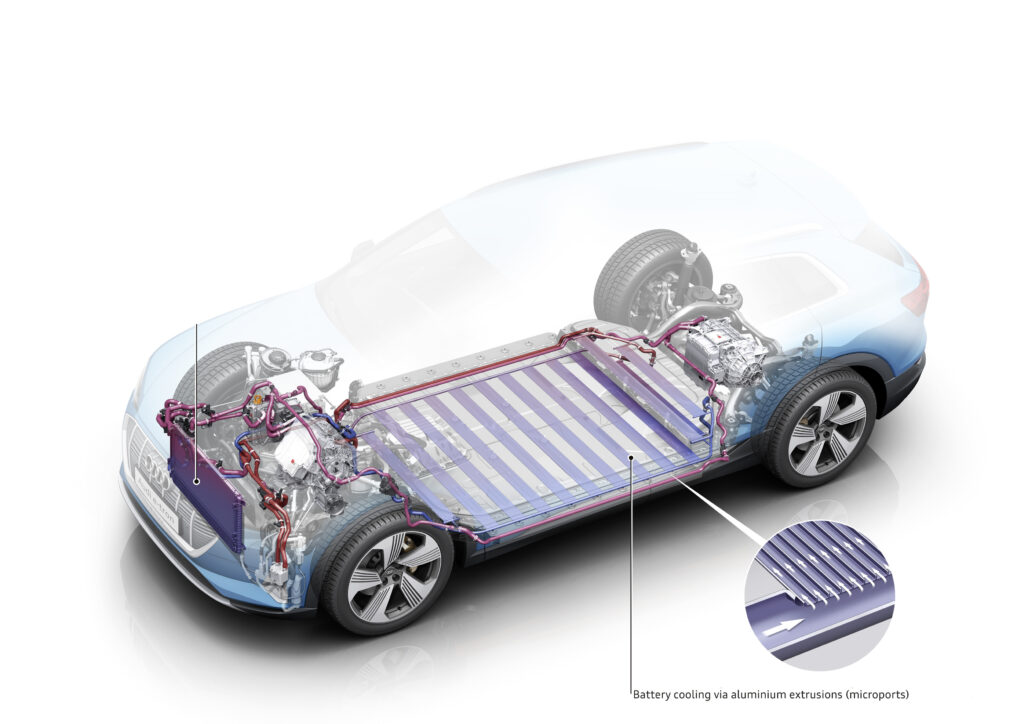
Alternatively, its charging system could coordinate its power requirements with systems inside the owner’s home to avoid overloads.
This communications standard, which started rolling out in early 2019, could even be extended to allow for more interaction with the grid – preventing instability if too many cars are charging simultaneously.
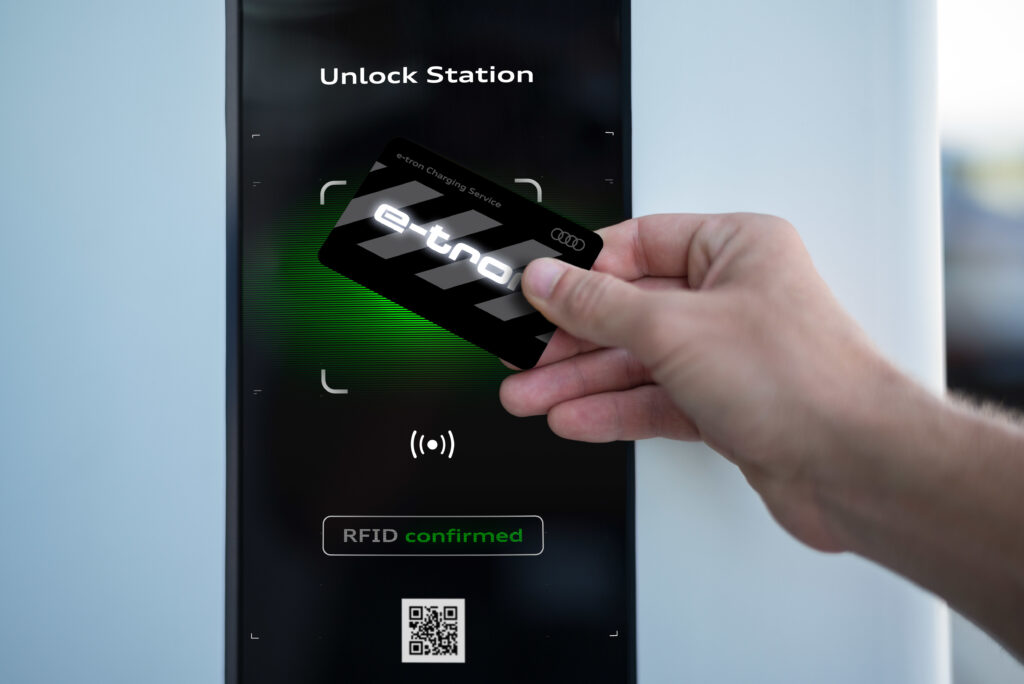
Audi has also unveiled a new charging network scheme, called the ‘e-tron Charging Service’, which will initially be available in 16 European markets.
The network, which grants card-based access to over 72,000 app-locatable charging points operated by 220 providers, is designed to aid the adoption of Audi’s e-tron models.
Two tariffs will be offered. The first, the ‘City’ tariff, costs €4.95 ($A7.95) per month in the German market – which are the only quoted prices thus far. Using AC chargers up to 22kW, for any duration and charge amount, then costs €7.95 ($A12.77) a time. Using a DC charger, up to 50kW in output, costs a higher €9.95 ($A15.98) per charging process.
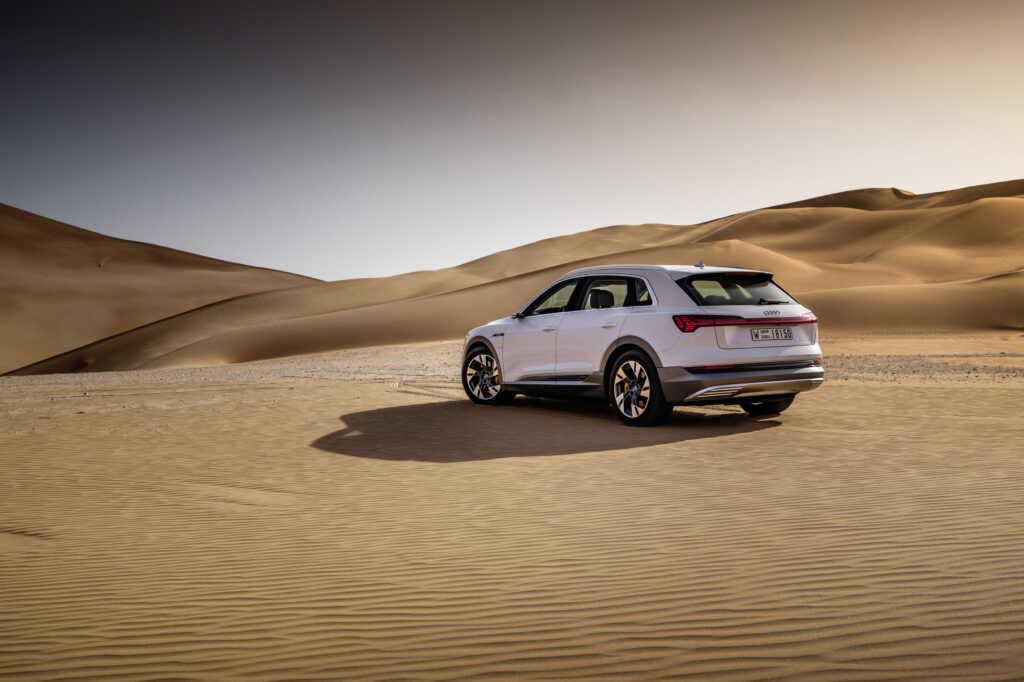
A ‘Transit’ tariff, for more intense users, is also available and costs €17.95 ($A28.83) per month. Its charging costs are the same as the City tariff but it further grants access to a series of Ionity HPC chargers which are rated up to 150kW. These currently command a charging cost of €8.00 ($A12.85) per charge.

At a glance that might sound costly but consider this: an Audi Q5 45 TFSI is claimed to average 7.5 litres per 100km and has a 70-litre tank. Consequently, if you achieve the reputed average economy, it’ll cover 933km per $A95 tank. That means, to cover the similar 417km the e-tron is capable of, costs around $A42 – or almost three times more than the most costly charging process, monthly cost aside, of the e-tron.

Production of the e-tron, which has already been tested by journalists at a global media launch in Abu Dhabi, will take place at the company’s plant in Brussels. The site, which makes extensive use of renewable energy and “climate compensation projects”, is reportedly the world’s first CO2-neutral volume production facility.
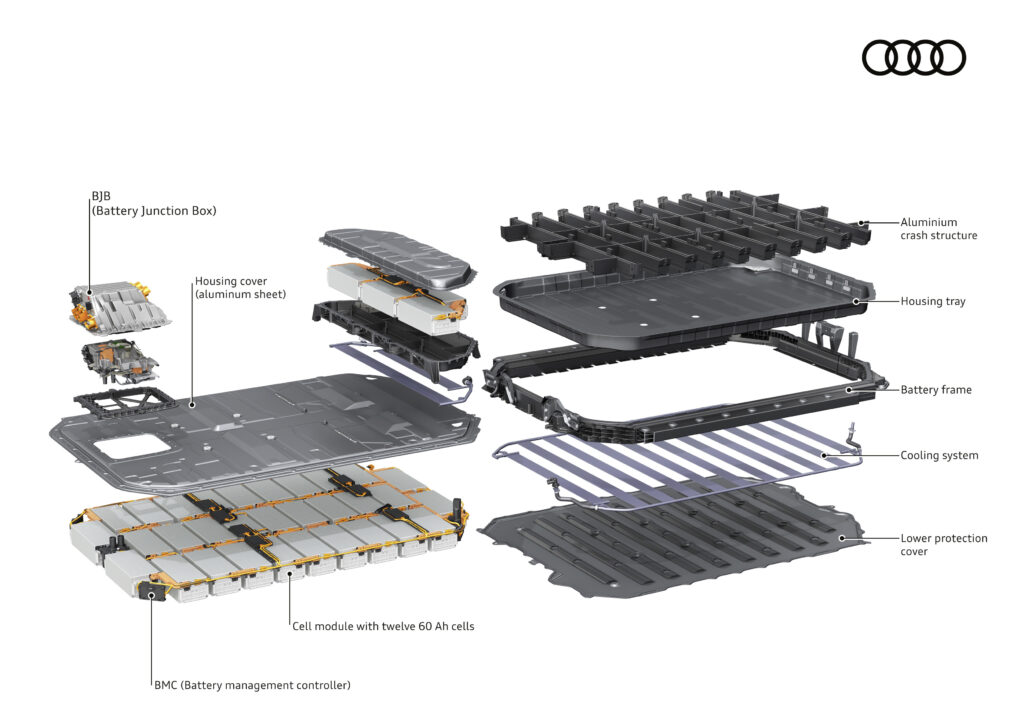
Audi has also recently announced that it will build a solar energy park on the roof of its logistics centre in Győr, Hungary, as part of a joint project with energy company E.ON.
The 160,000m² solar panel array, which is expected to come online in early 2020, is mooted to have a peak output of 12MW – and the new renewable power source is expected to further reduce the company’s CO2 emissions by more than 5400 tonnes.
EVs storm Geneva Show
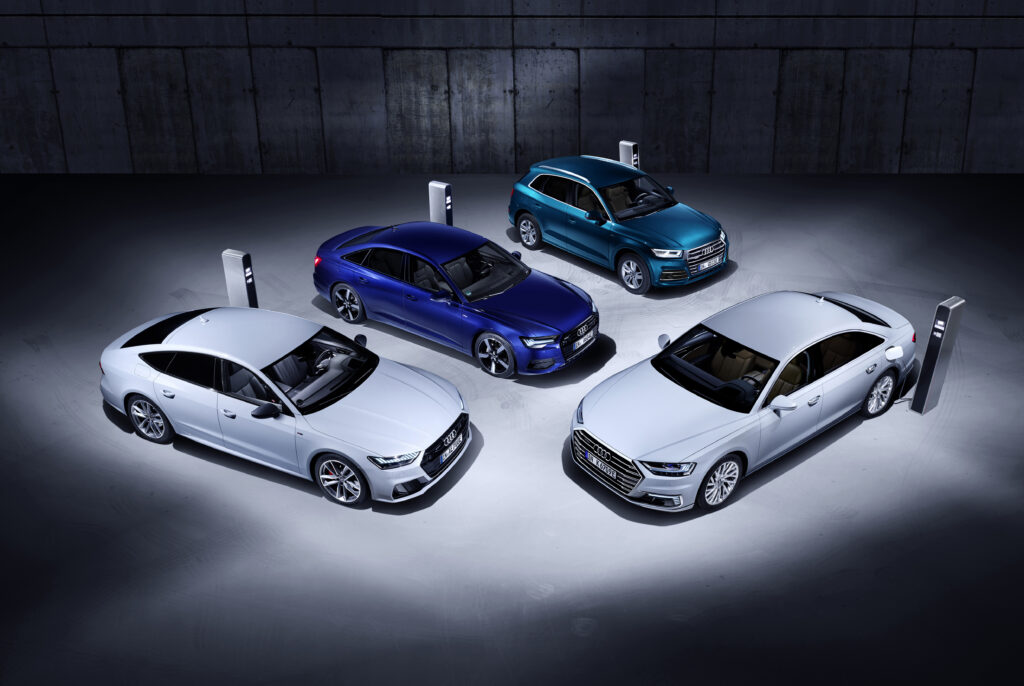
AUDI further demonstrated its commitment to electrification at the recent Geneva motor show by revealing new plug-in hybrid versions of the Q5, A6, A7 and flagship A8.
It also debuted the Q4 e-tron concept that previews an upcoming all-electric compact SUV alongside a camouflaged GT version of the larger e-tron, featuring a coupe-style roofline similar to that of a BMW X6.
The electrified variants of existing Audi models are all claimed to have 40km battery range under the new WLTP cycle and will be made available throughout the course of 2019.
Badged ‘TFSI e’, all feature a turbo-petrol engine coupled to a transmission with integrated electric motor.
Electric power is supplied by a rear-mounted 385V 14.1kWh lithium-ion battery, with a two-hour recharge time when using a 7.2kW charger.
The electric motor can also be used to assist the engine or regenerate energy when required; further recuperation is enabled by a heat pump, used for cabin climate control, which is stated to generate up to 3kW of heat energy from 1kW of electrical energy by reusing waste heat from the vehicle’s systems.
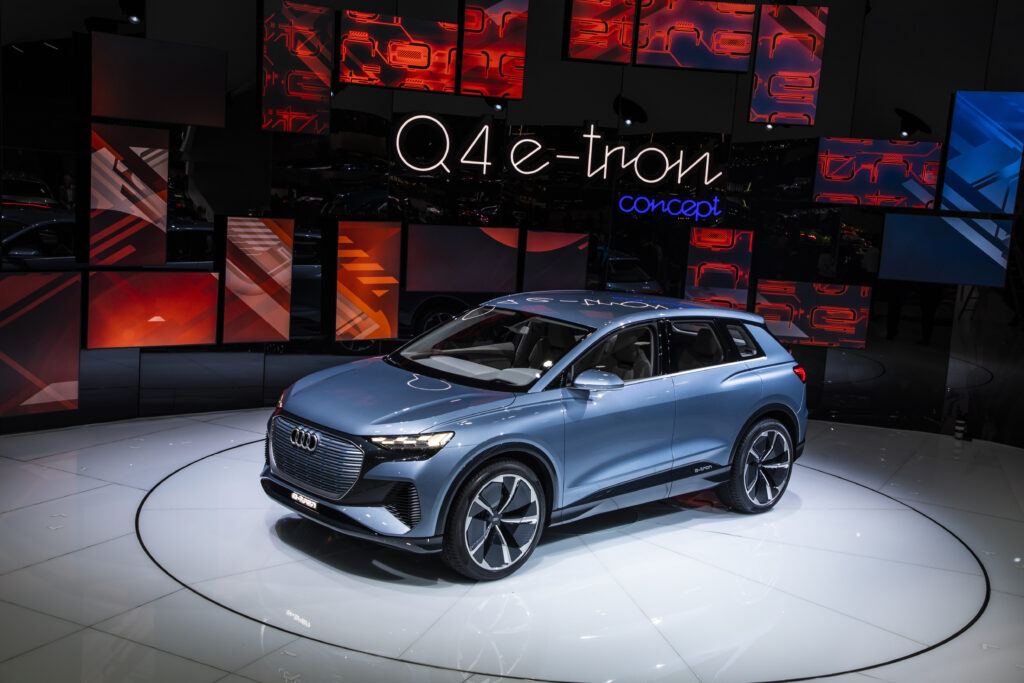
Reportedly, the all-electric range of these hybrids will allow customers to travel around a third of their daily mileage on electric power alone.
This will help cut local emissions and boost efficiency while the hybrid system will ensure ongoing mobility regardless of the car’s state of charge.
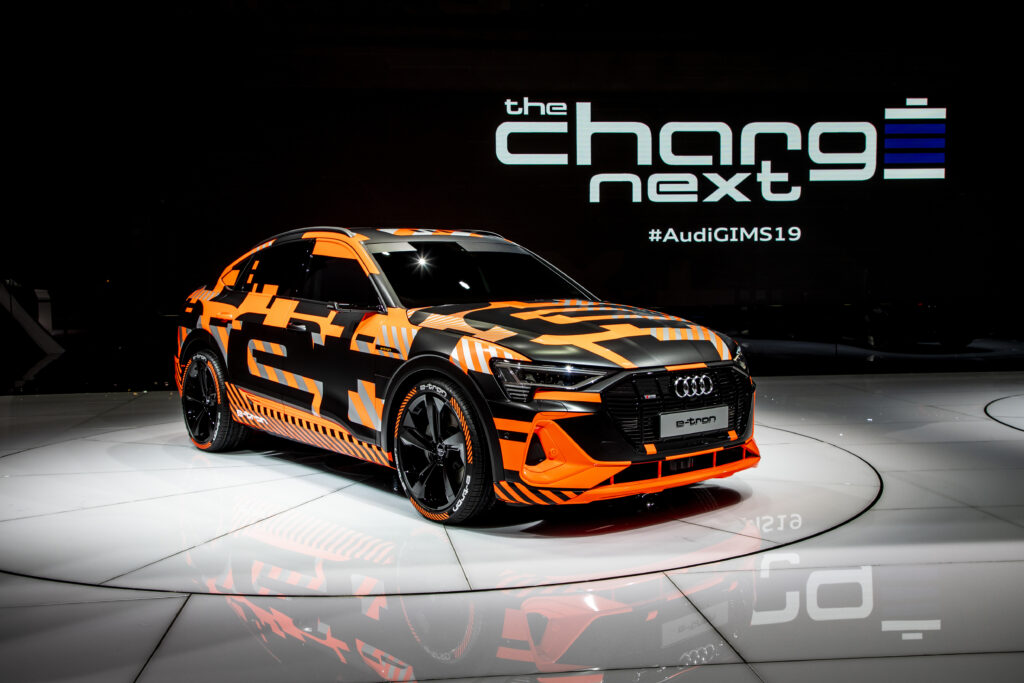
Consequently, as is often the case, these hybrids could be better options for those who have a necessity to travel long distances at speed – particularly in poor conditions, or colder climates, which sap battery power at an increased speed.
These new hybrids will also benefit from the ‘myAudi’ climate pre-conditioning app and Audi’s e-tron Charging Service. Customers can also opt to have their household supplied with power from the ‘Volkswagen Naturstrom’ brand, which is 100 per cent renewable.
Audi, however, was not the only company touting hybrid and all-electric vehicles in Geneva.
Alfa Romeo, BMW, DS, Fiat, Honda, Jeep, Kia, Mercedes-Benz, MG, Nissan, Seat and Skoda were all displaying various concepts and production models, demonstrating the increasing scale of the shift towards electrification.
Several high-end models further demonstrated the potential of pure electric power; Pininfarina previewed a concept electric ‘hypercar’ called the Battista that is claimed to pack 1900bhp and be capable of 0-300km/h in less than 12 seconds.
Aston Martin also previewed its electric Lagonda All-Terrain Concept, which showcased the brand’s zero-emissions technologies.
- CategoriesIn SightGlass
- Tagselectric vehicles, EV, SightGlass News Issue 16, thermal management

